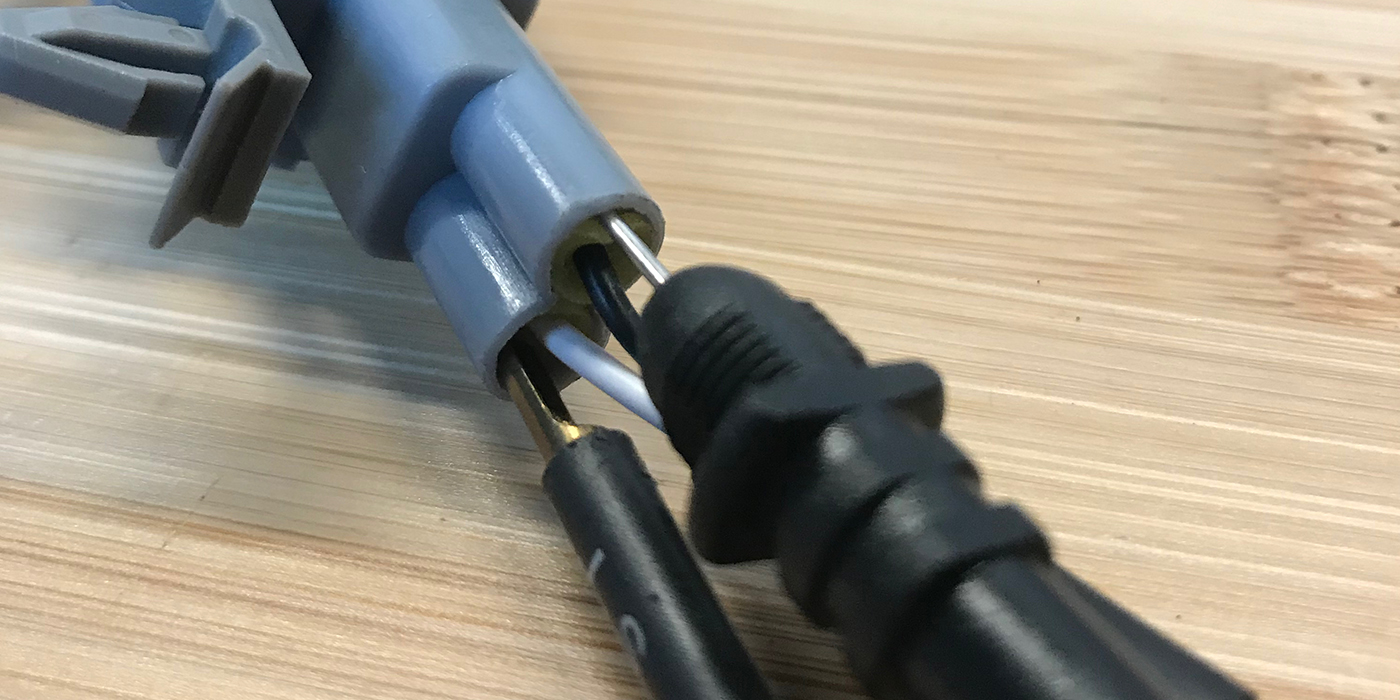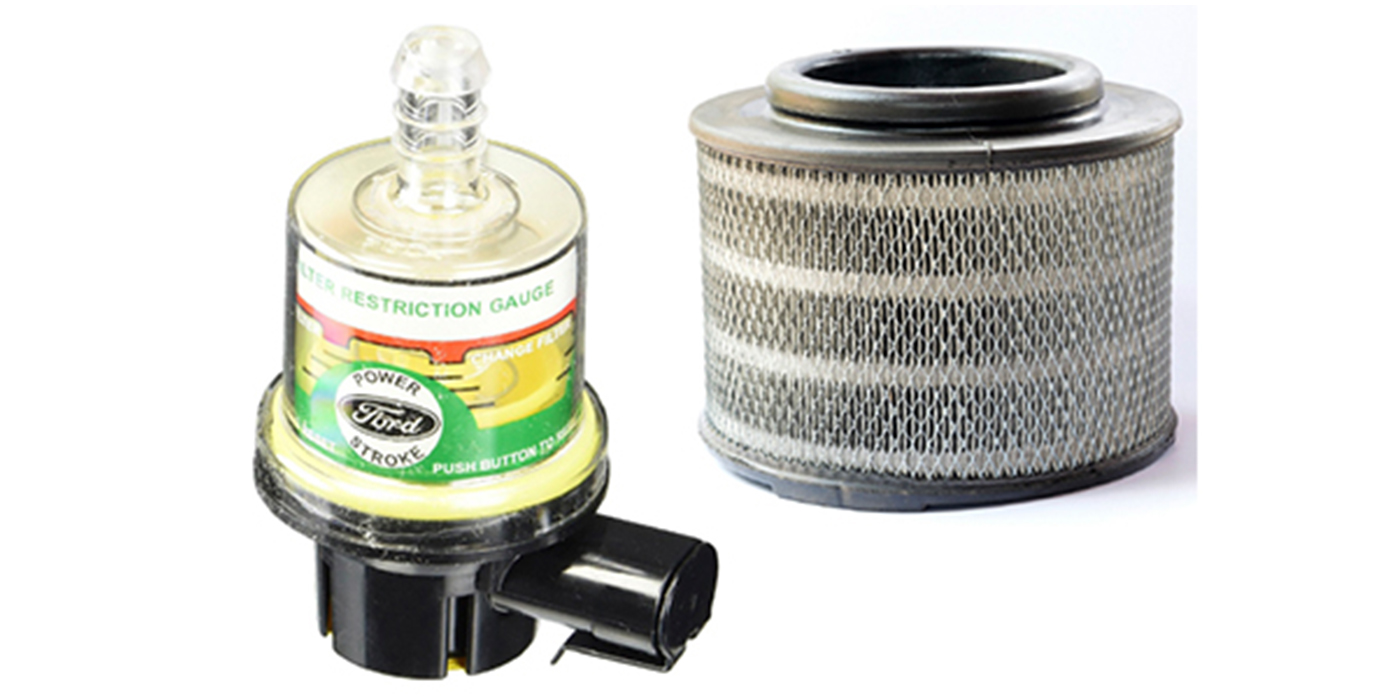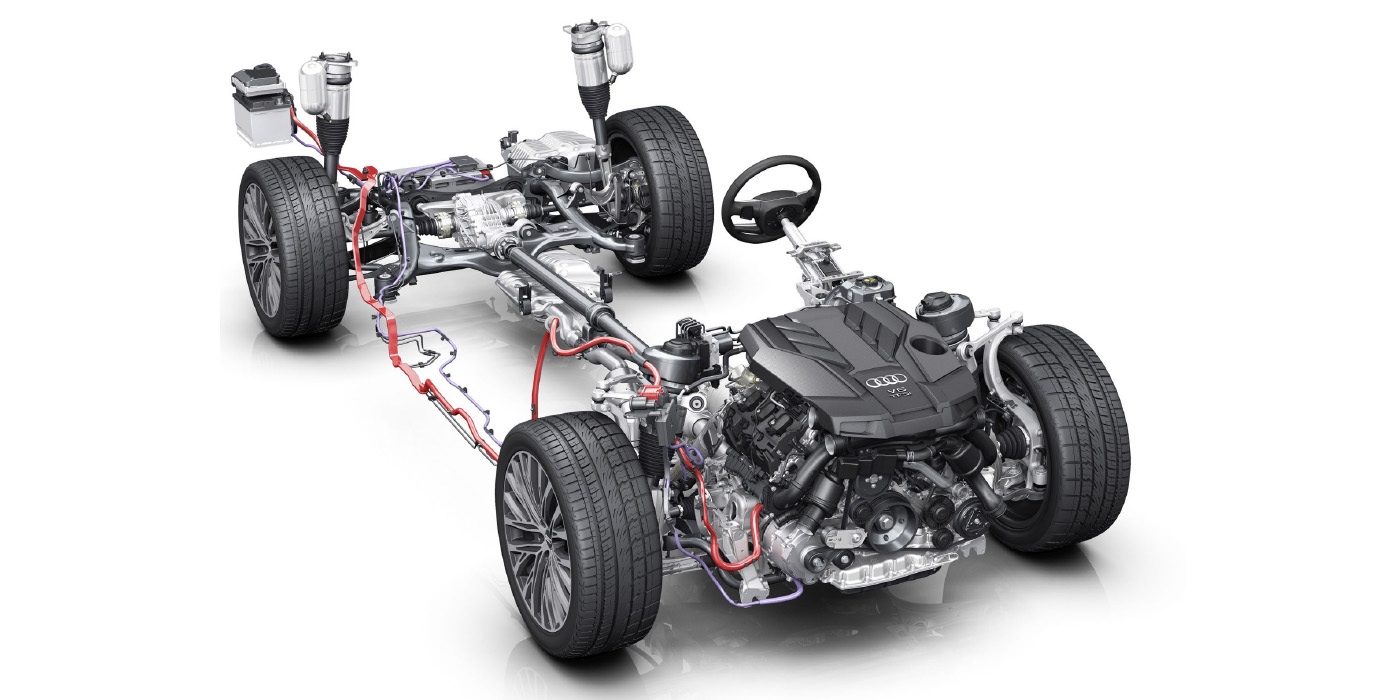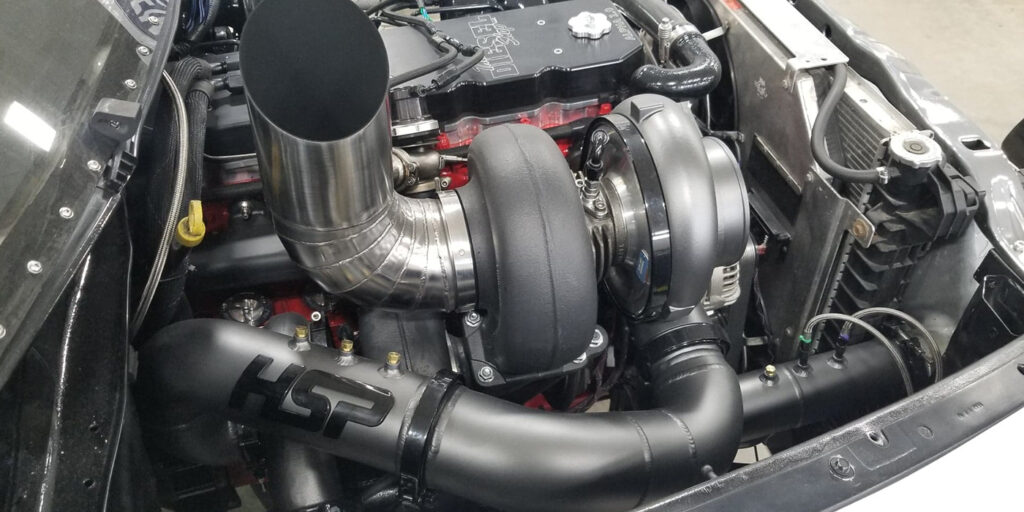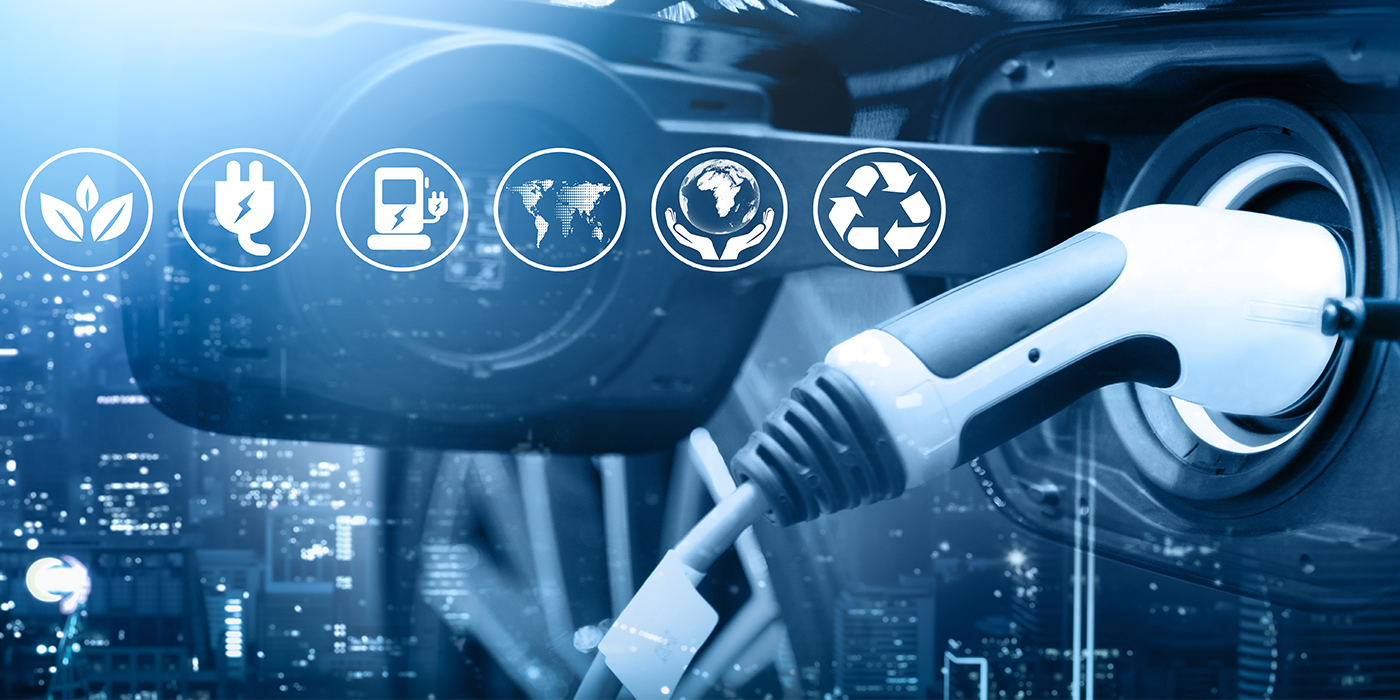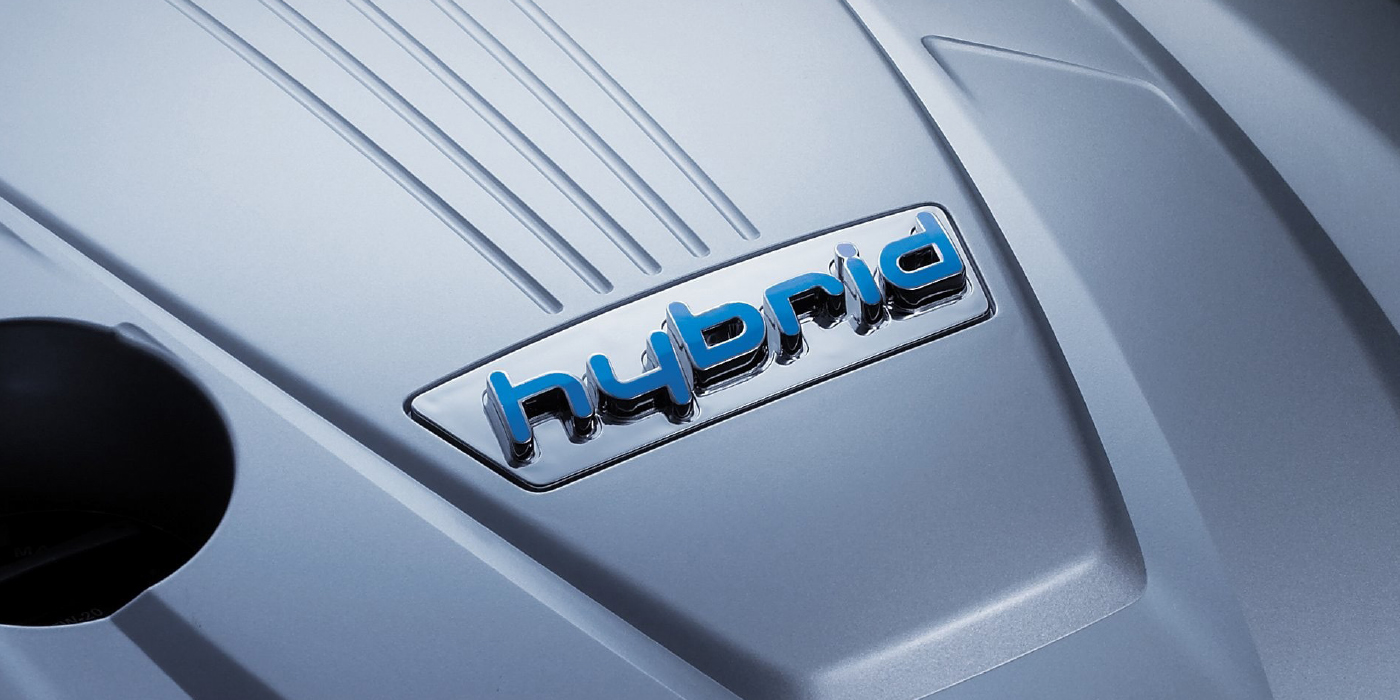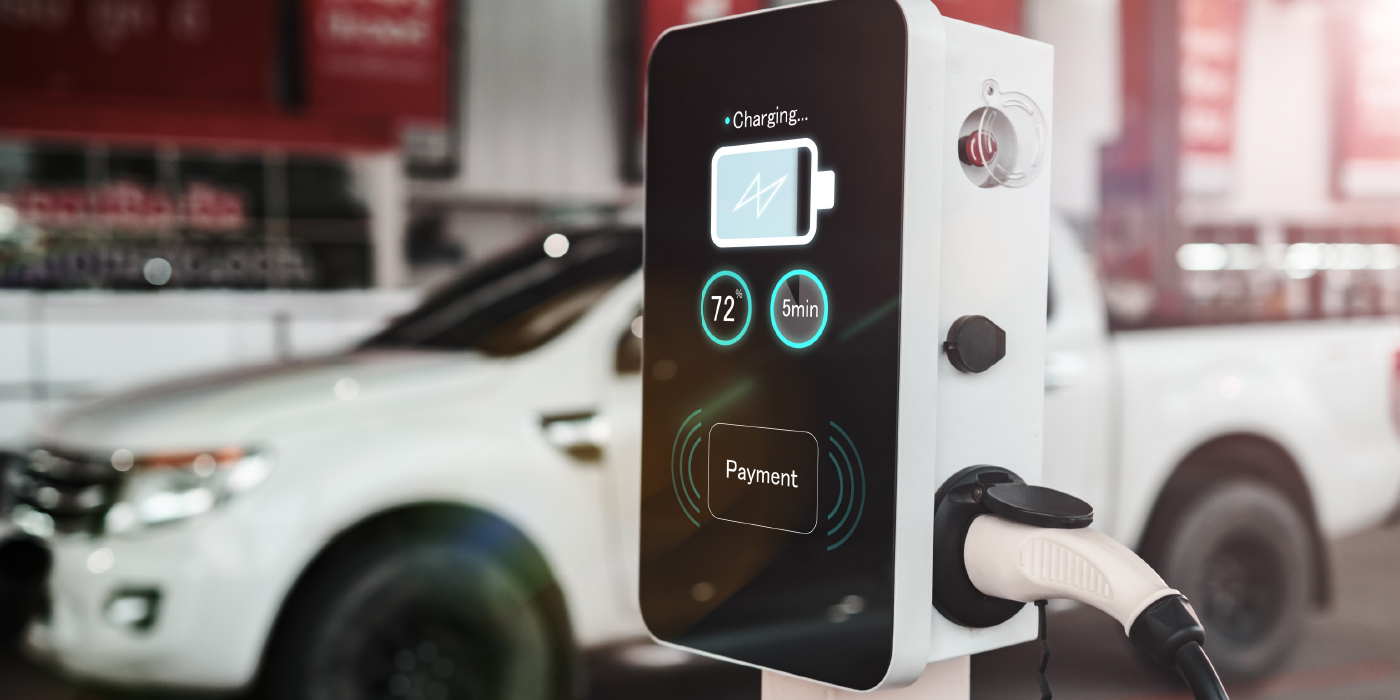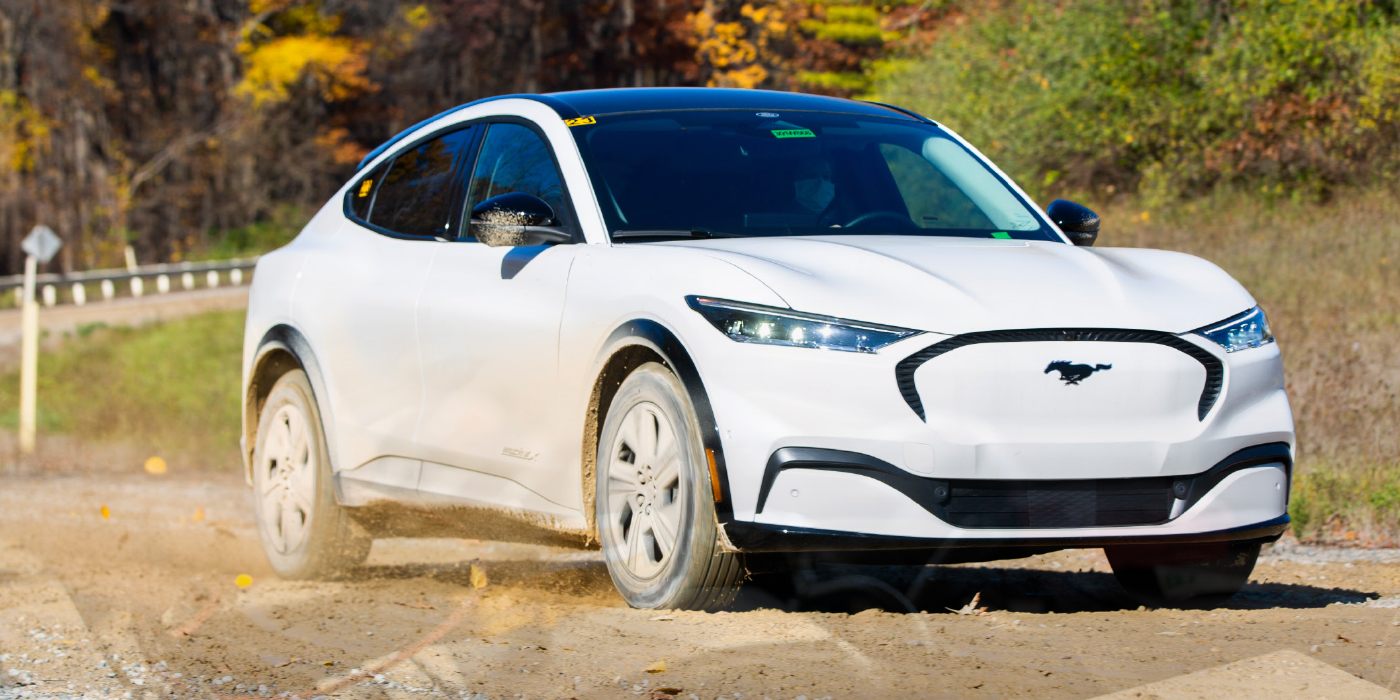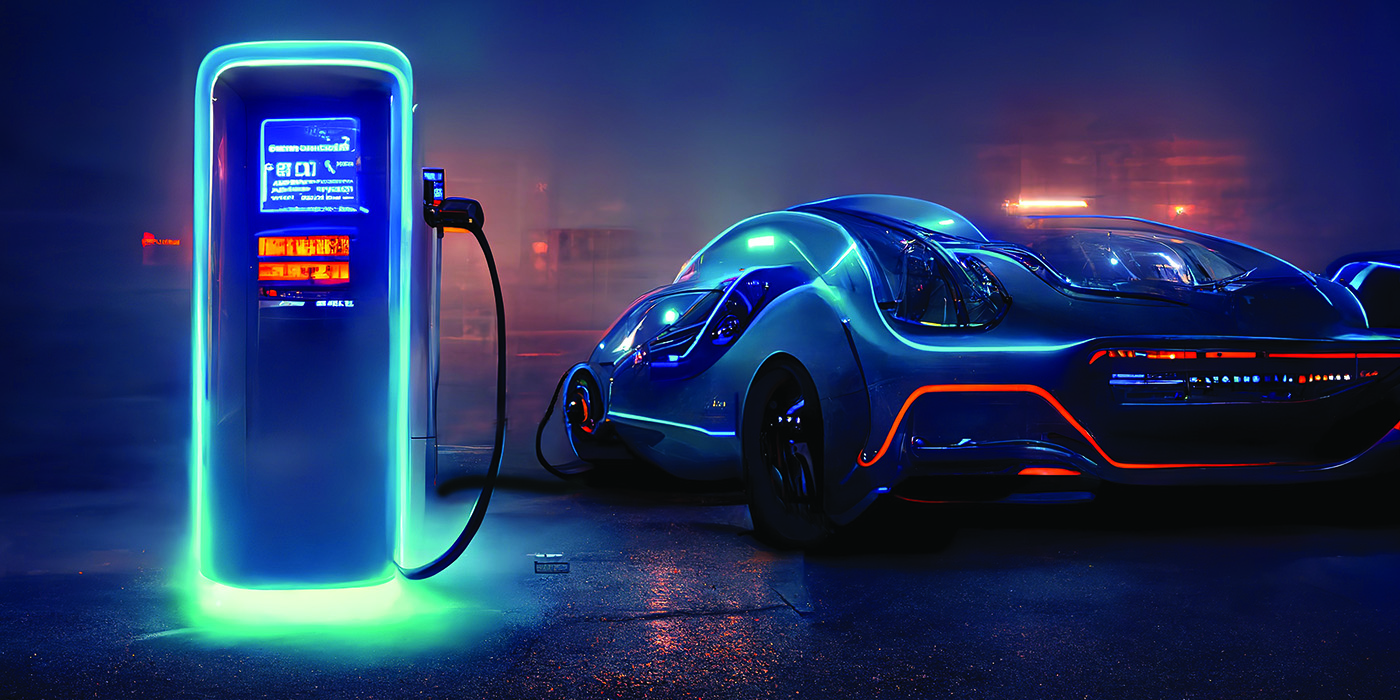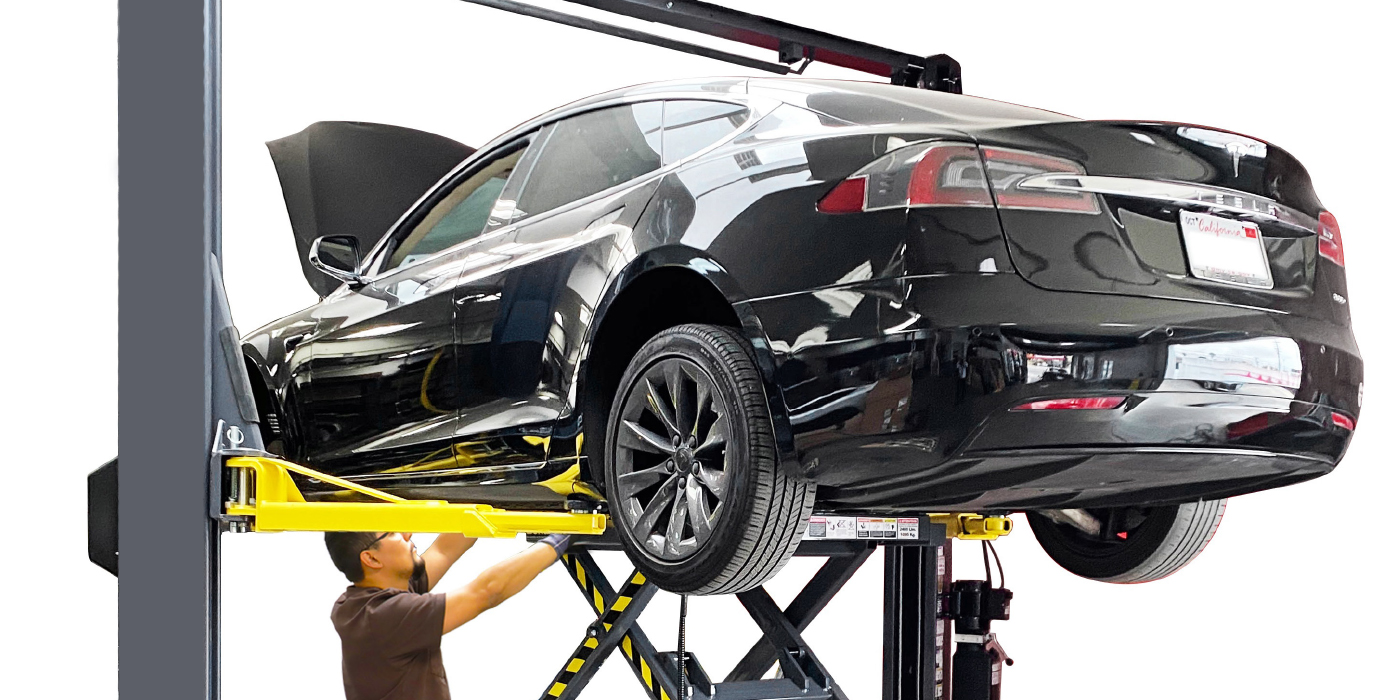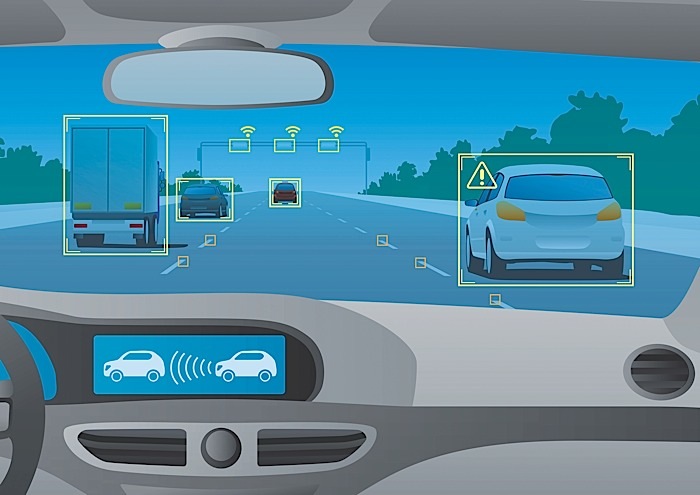 For those of you who are used to talking to cars, the future will be status quo for you. Imagine that you arrive at work and are greeted by a barrage of eager customers who have made appointments to have their fluids checked, their tires rotated and their vision checked. Wait, vision? That’s right — those eager customers very likely will be driverless cars and trucks. Don’t get too excited yet, though. Human owners will still be attached to those cars, but you may never see them in the flesh. If this does not scream, “What happened to my business model?” I don’t know what does.
For those of you who are used to talking to cars, the future will be status quo for you. Imagine that you arrive at work and are greeted by a barrage of eager customers who have made appointments to have their fluids checked, their tires rotated and their vision checked. Wait, vision? That’s right — those eager customers very likely will be driverless cars and trucks. Don’t get too excited yet, though. Human owners will still be attached to those cars, but you may never see them in the flesh. If this does not scream, “What happened to my business model?” I don’t know what does.
Nearly every government acronym you can think of and all the OEMs are working very diligently to make driverless cars (some call them drones) a reality. Creating a strong business case for these vehicles is an aging population who will need mobility, children who have so many activities that they need an administrative assistant, and people who can’t be bothered to drive while they are texting. While it may sound like I am against this technology, I am not. I will admit that my major concern is what happens when a driver who never operates their vehicle in normal circumstances is called upon to take over from an Autonomous Vehicle (AV) when an unanticipated blizzard or fog bank pops up. How would people who don’t drive handle these tough situations when they get no practical experience? Realities like this beg questions that remain unanswered.
Getting back to the auto repair topic, I have even more questions than answers about what the future holds. The answers to these questions will likely come from the next-generation repair shop, which is currently being left up to our imagination.
If new vehicles continue along their same trajectory, we can assume that they will have the ability to predict their own maintenance needs. More advanced sensor inputs and algorithms will be able to determine when a component is about to fail. It seems likely that fewer of your “patients” will arrive on a tow truck in the future. If these vehicles have the ability to broadcast this information, how many people are going to receive it and try to steer your car, or rather, your customer, to another bay? Will cars cut coupons?
There are business models that aim to aggregate this type of data and provide a “request for quote” system to the individual or group of individuals who pay the monthly mortgage on the vehicle. How do you manage customer retention in that environment? Industry organizations like ASA, AAA, the Auto Care Association and AASA are working diligently to make sure that the car’s center stack does not steer your customers exclusively back to the dealer by allowing the customer to choose where their information goes. If that kind of open environment is fostered, it will also lead to lots of companies trying to figure out ways to sell the vehicle owner a service.
From a macroview, performed maintenance is a great thing because we know that well-maintained vehicles are the exception and not the rule. From a microview, which is your shop’s point of view, it may not be a great thing because the cost to compete in such a noisy environment might cause your marketing budget to have to take out a loan.
I know what you’re thinking: “Donny, the customer will be in charge of the data.” Well, I have two things for you to think about. First, how do you attract a new car buyer when the center stack is conditioning them that the services you offer are merely commodities that can be farmed out to the lowest bidder? After all, technicians and shops are all equally skilled, right? Evidence suggests that most customers think they are.
Two, have you ever read the End User License Agreement (EULA) for your phone? Nobody reads that stuff. Everyone is in a hurry and hits “accept.” What you are accepting in many cases would shock you. The OEMs have come out and said that they support “informed consent,” but the truth is that if you go through a salvage yard, you will find hundreds of unopened owner’s manuals in vehicles. Unless there is a step-by-step topical acceptance of the EULA, how will privacy statements resolve anything? The entire industry has a near vertical uphill battle on that one.
How does your daily shop check-in and estimate process change if a car is going to show up at your shop without someone in it? There are many unanswered questions. For starters, there will be no more need for a shuttle, but will we have to start work an hour later and get done faster so that cars have time to pick up the kids at school? Will the car download its schedule to you? We are going to need a way to accept responsibility for an expensive piece of hardware and release it once the work is performed. Who does the test-drive? Do we just send the car off and tell it to come back and tell us how it feels? What about the owners? At least one OEM is looking hard at a model that includes multiple owners for a single vehicle, such as a pickup truck. If that is the case, would you need to get your estimate approved with each owner or is there a designated driver (I mean, rider) who is authorized to approve work.
Another wrinkle in this transportation fabric is ride sharing. Clearly, this has massive financial backing, but it creates another approval problem. If a group of vehicles lives in an area, will that fleet have to be serviced at one location or will groups like Zipcar and Car2Go use multiple repair shops to maintain their vehicles? Will they maintain them at all? Maybe they will change the oil and tires and unload the vehicle to someone else before any serious maintenance needs, because, after all, they can predict failures.
Fleet managers are often spiffed based upon vehicle uptime and cost of maintenance. For those who are already fleet savvy here, you may find a new source of income with a few disruptors to your traditional fleet business model. For those who are not interested in fleets, I wonder if it will be possible to leave that business on the table in the next 10 years?
If it sounds like there will be less to work on, don’t count on it. Reliability seems to be going up just in time. Ford’s Executive Director of Connected Car Services says that the global car park is currently at 1 billion vehicles and poised to climb to 2 billion in the not-so-distant future. Unless we start building high-rise parking garages, we do not have space for this many vehicles. At the same time, AASA is speculating that miles driven will climb by more than a trillion miles in the near future, and that’s just in the U.S.
There is no doubt that the future looks different, but there is also very little doubt that for those who can figure it out, it will be very busy.


